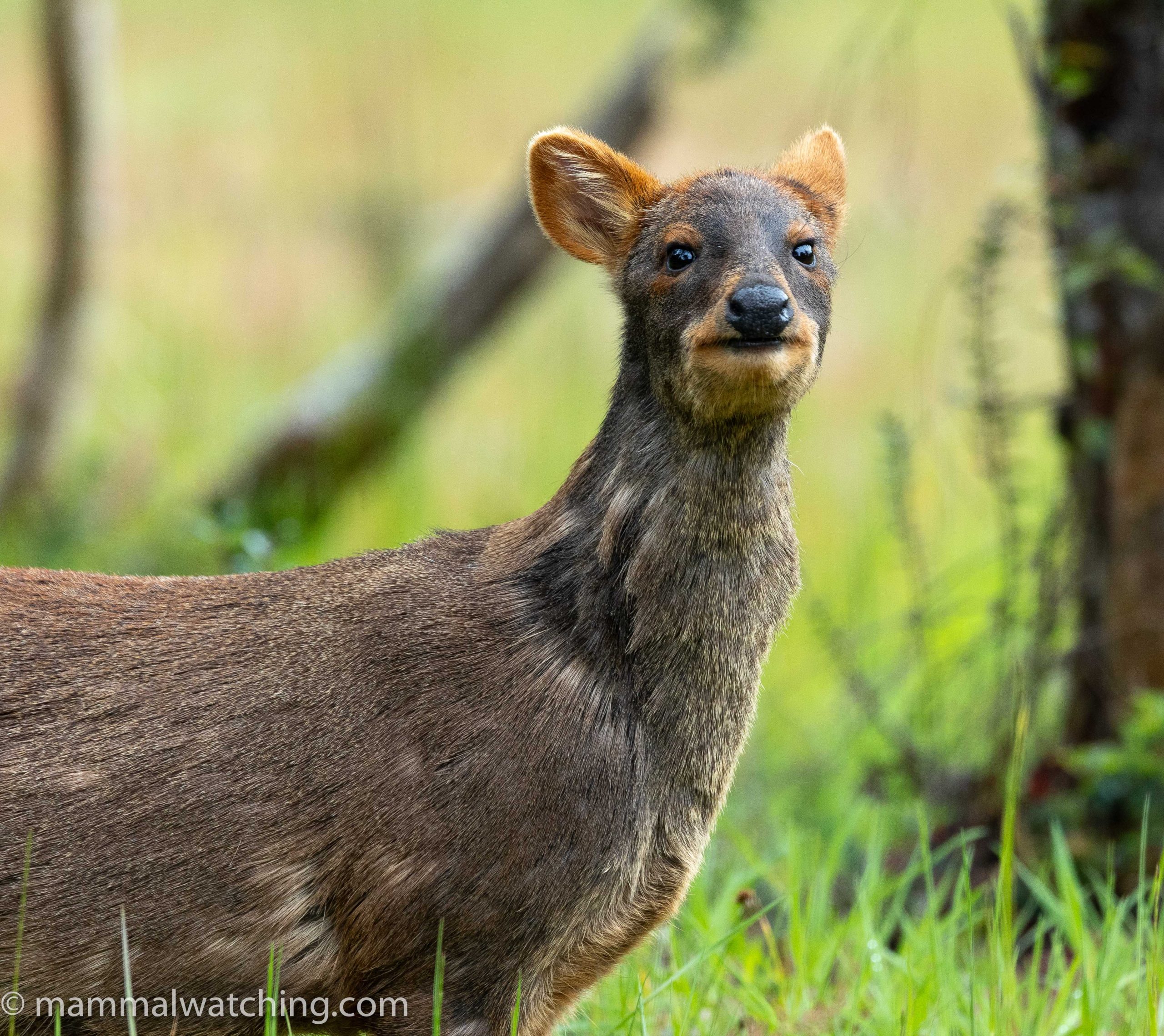
Parque Tepuhueico, Chiloe Island, Chile November 2023
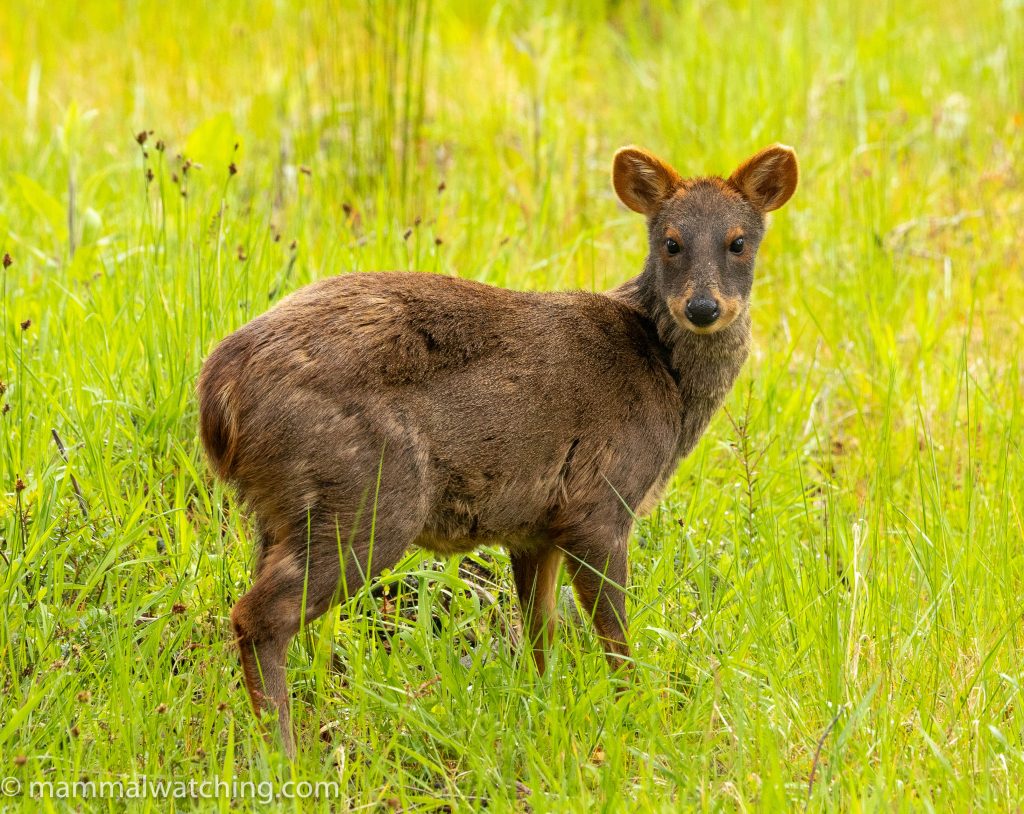
In November 2023 I returned to Chiloe Island, which I’d last visited in 2009.
I was en-route to a week’s vacation in Argentina and was able to work remotely from Chiloe for three days before spending Thanksgiving on the mainland and flying to Buenos Aries. I hoped to catch up with two species in particular: Monito del Monte and Kodkod.
Parque Tepuhueico
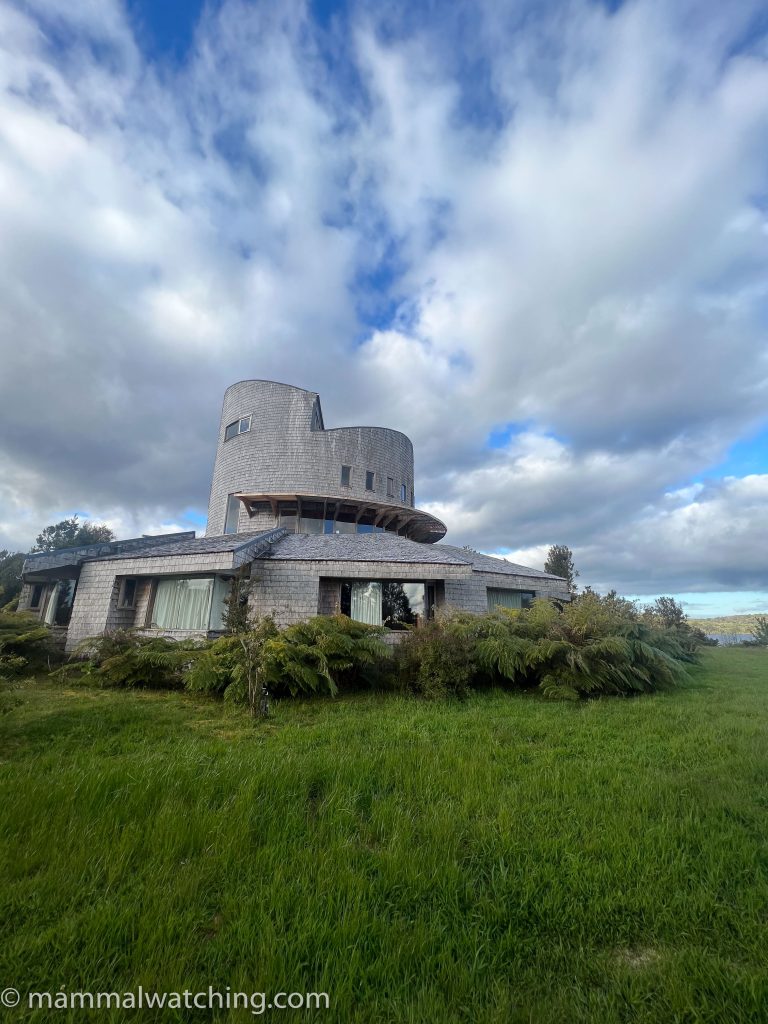
The lodge
Chiloe Island is well covered in numerous reports on this site. I’d seen most of the island’s specialties back in 2009 including Southern Pudu, Marine and Southern River Otters, Darwin’s Fox, Chilean Dolphin and Coypu. But I missed Kodkod. And while the cat is by no means easy to see on Chiloe the island remains one of the best places to see it. When I was planning this trip I asked Enrique Couve, from Chile’s Far South Expeditions, where I should search for Kodkod. He recommended Chiloe Island and – in particular – Parque Tepuhueico, a privately owned park and very comfortable lodge in the middle of the island that I had visited in 2009 for a night. Enrique knows a huge amount about Chile’s mammals so that was good enough for me!
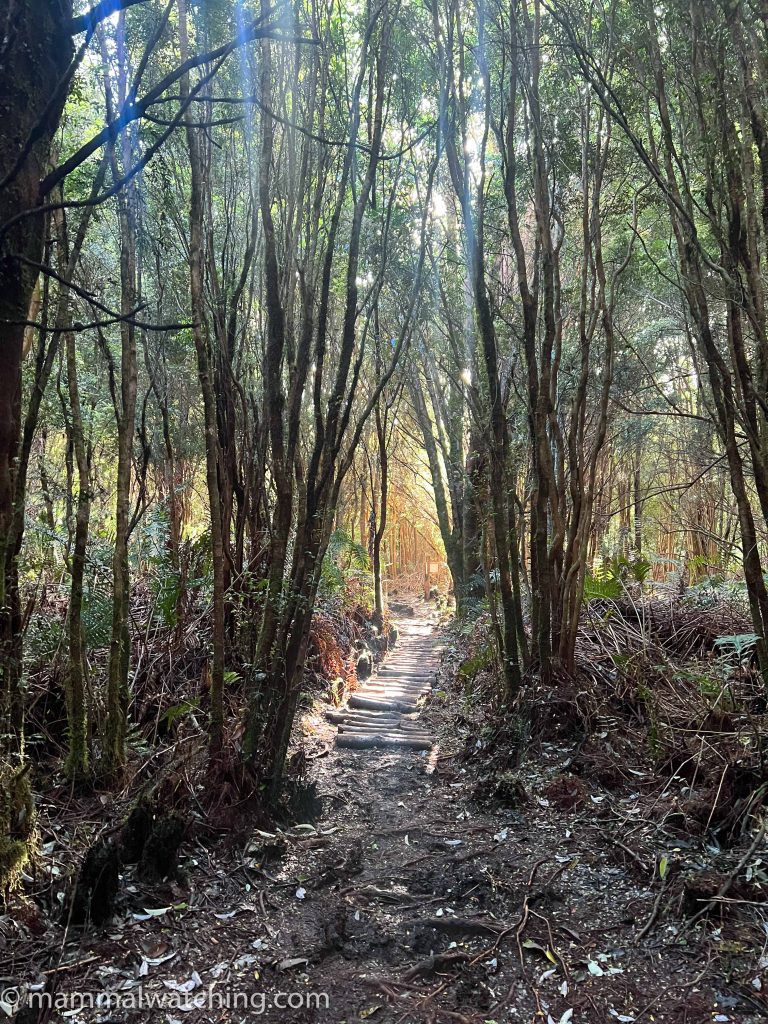
The forest at Parque Tepuhueico
I am not sure why but I had gotten the sense that Parque Tepuhueico was no longer as good as it once was for mammalwatching. But I soon discovered this was far from true and that the lodge – and its mammals – are flourishing.
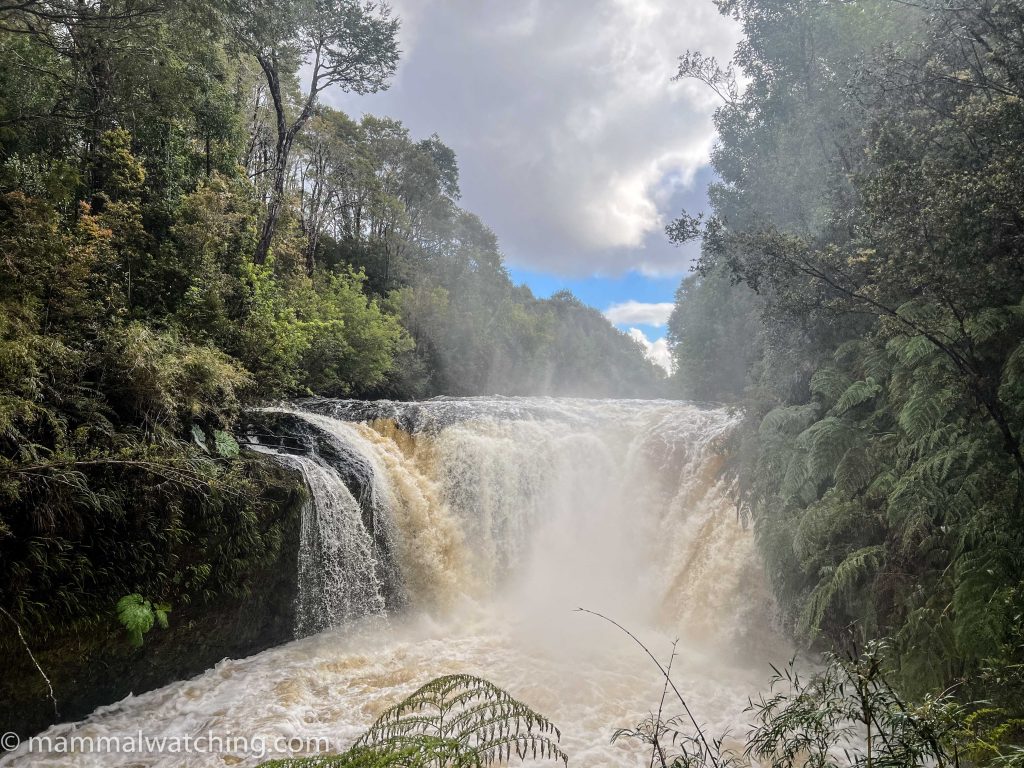
More forest
It takes about three hours to drive to the lodge from Puerto Montt airport including a short ferry crossing to the island.
The hotel is comfortable with excellent food (I still dream about the shrimp and cheese empanadas). And it is in the middle of some lovely forest.
I spent nearly all my free time over the three days with Martin Aguirre and his father Patricio who own the parque and the lodge. Martin in particular has become very interested in mammals – and mammalwatching – over the past few months, and was investing a lot of a time in figuring out how best to see some of the key species there. He has set up camera traps, and started leaving a bit of food out here and there, to see what happens. The initial results are promising. A Darwin’s Fox visits the lodge garden pretty much every evening, and a melanistic Kodkod is also a regular visitor. In late November Martin had been seeing it every few days but – as I write in January 2024 – Martin tells me he is now seeing it much more often.
I was working during the days I was there so my mammalwatching was largely confined to the evenings. My first night was largely much rained out. On our second night Patricio took Martin and me across the lake in his boat after dinner and we walked the hour or two back to the lodge. On my last night we stayed close to the lodge looking in particular for Monito del Monte and hoping that the Kodkod or the Darwin’s Fox might put in an appearance.
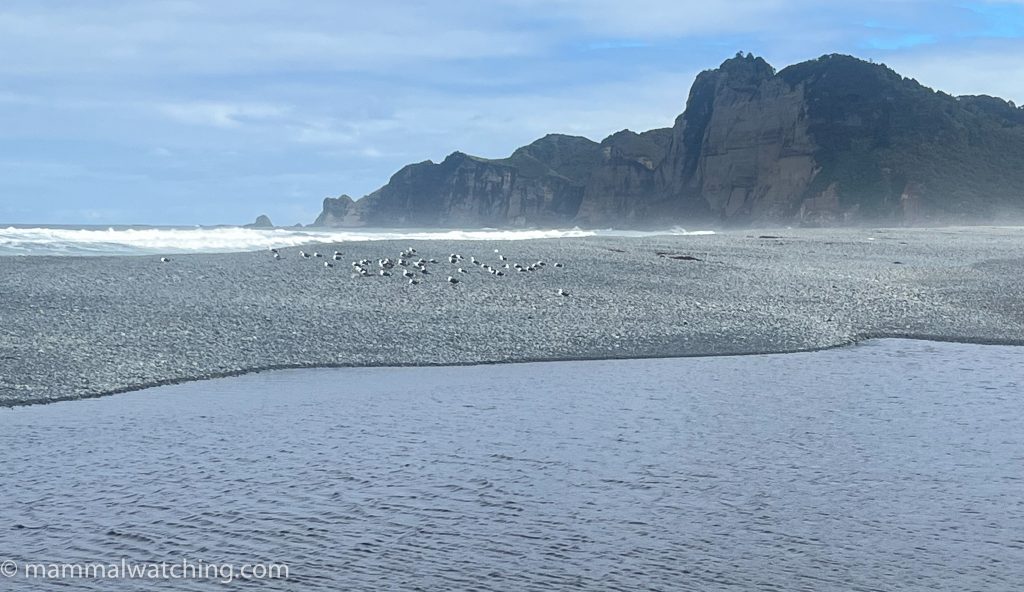
The parque’s coastal zone
On my last day Martin and Patricio took me to a different section of the parque on the coast about an hour from the lodge. The local ranger here had been seeing Kodkod quite often. It is hard to say whether there are more Kodkod in this area, or whether the more open habitat makes them a bit easier to see. But it is another beautiful section of the park with some very different habitat in places like the mossy swamp below. We were not lucky with the Kodkod in our four hours there.
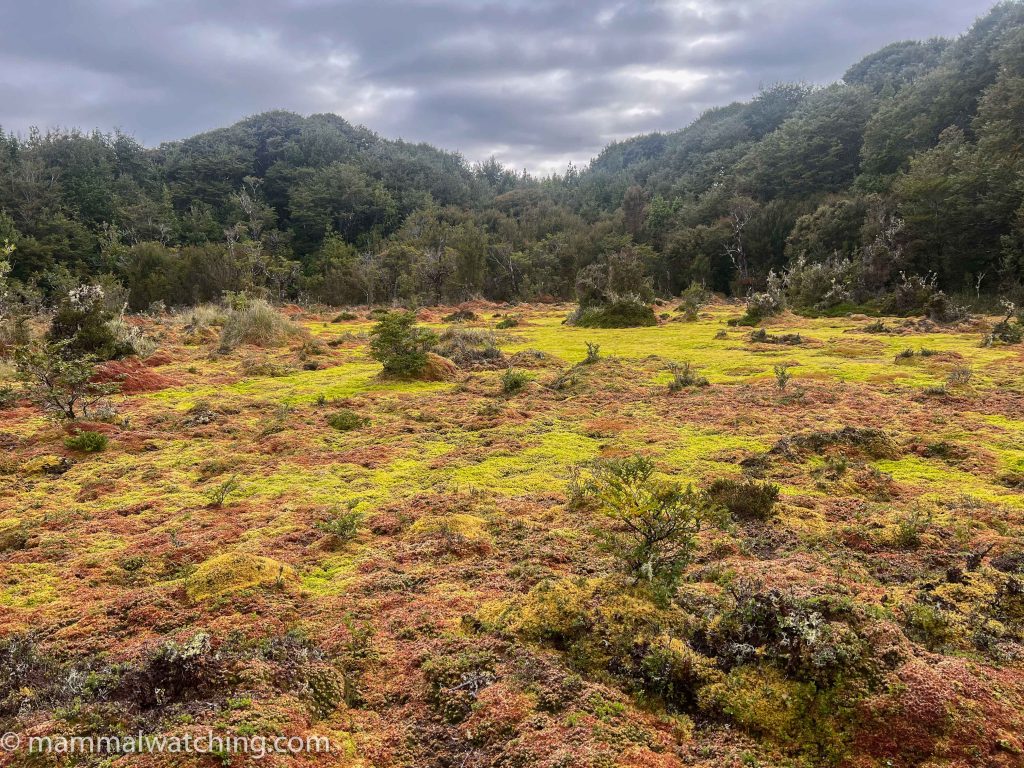
Over the course of my three nights at the lodge we saw the following mammals.
Southern Monito del Monte (Dromiciops gliroides)
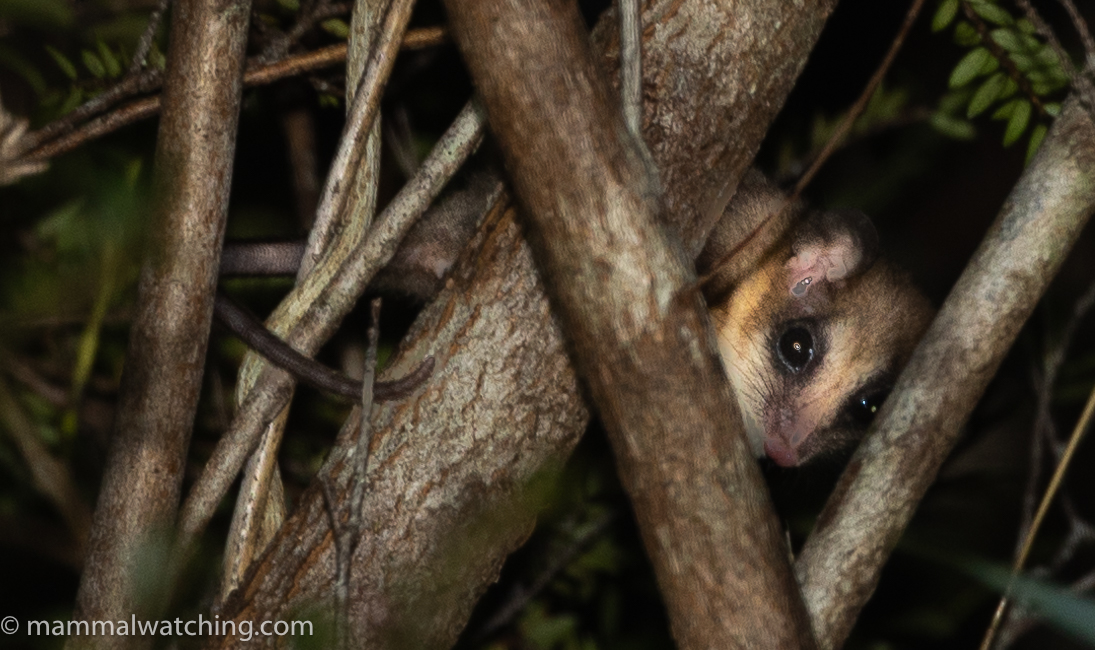
Southern Monito del Monte (Dromiciops gliroides)
One of my key targets for the trip and a species I thought I would have more chance to see on the mainland than Chiloe. It turns out they are common around the lodge itself, but they are so small and the forest so dense that my thermal scope was not helping me very much to find one. Thankfully the lodge has a secret weapon: Ursula, who works in the hotel, is a ninja-level monito spotter. It took her 15 minutes at dusk with a head torch to find us my first Monito del Monte. This is a particularly interesting genus (there are now to monito species – southern and northern): they are in a family of their own an somethnig of a ‘living fossil’ that are thought to be one of the most ancient of all the marsupials and an ancestor to Australia’s marsupials.
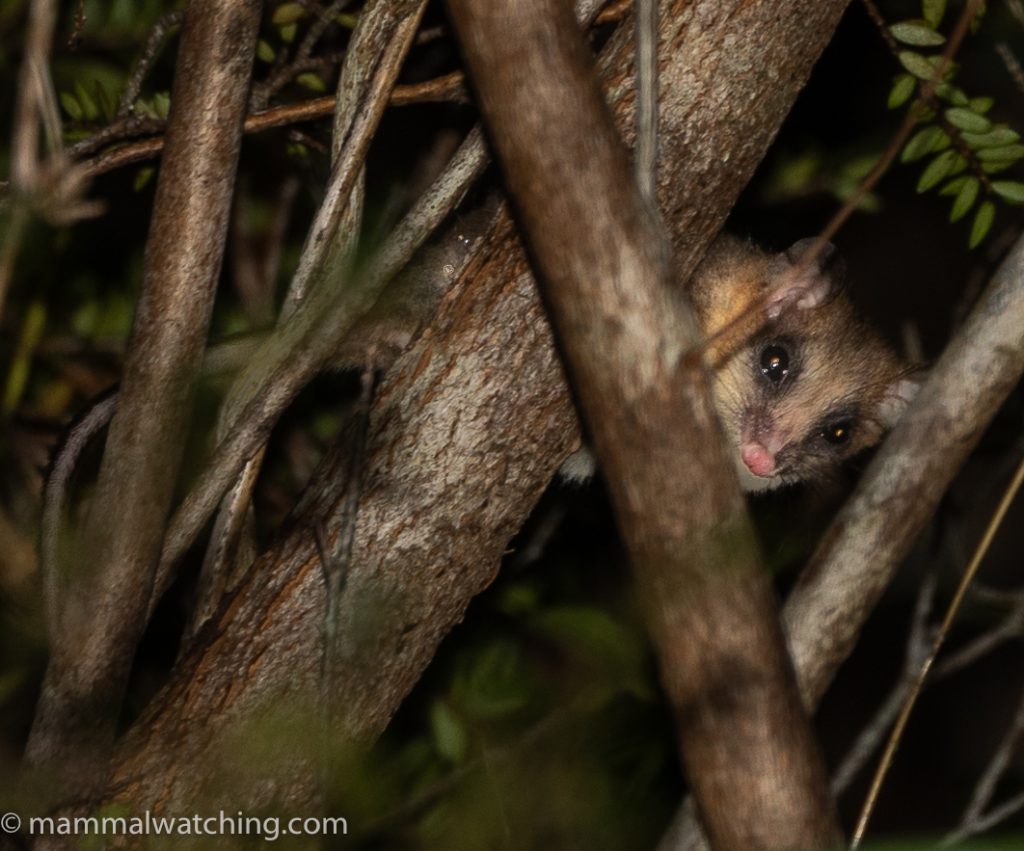
Southern Monito del Monte (Dromiciops gliroides)
Coypu (Myocastor coypus)
We saw a few at night in the lake next to the lodge. This species is a common pest in many countries but this is their native habitat.
Hairy Soft-haired Mouse (Abrothrix hirta)
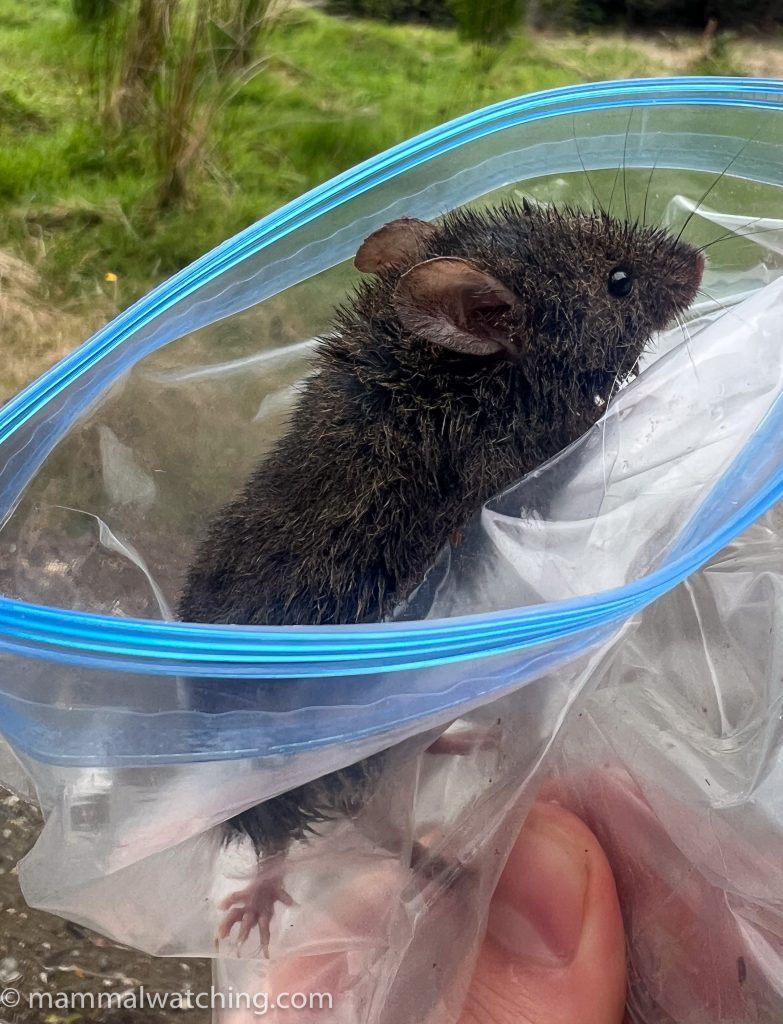
Hairy Soft-haired Mouse (Abrothrix hirta)
We set 25 Sherman traps on the edge of the forest close to the lodge and caught five of these mice over two nights.
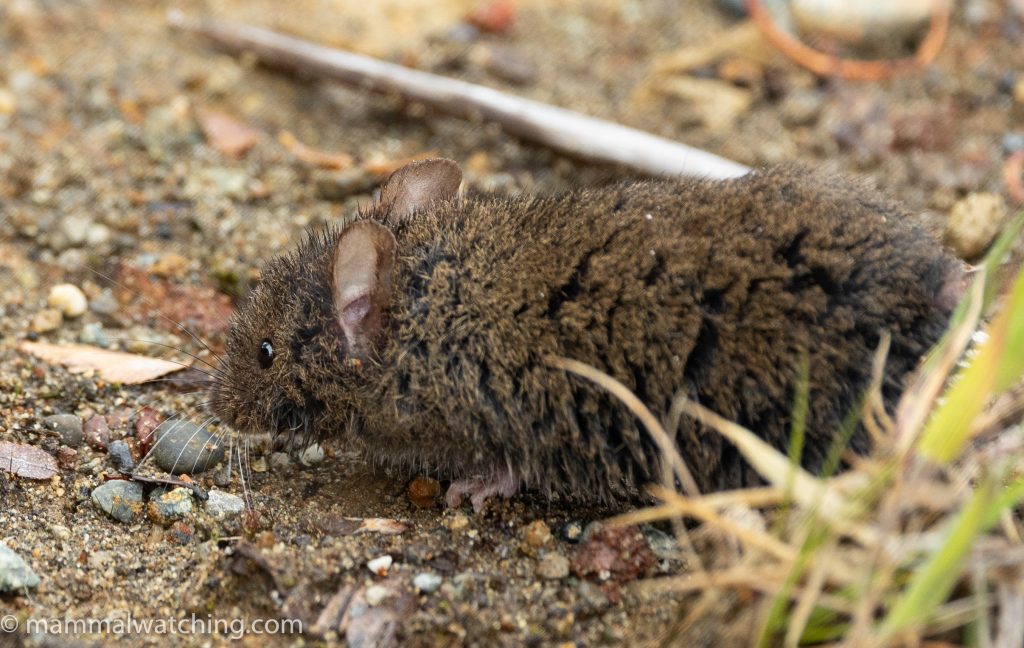
Hairy Soft-haired Mouse (Abrothrix hirta)
Chilean Myotis (Myotis chiloensis)
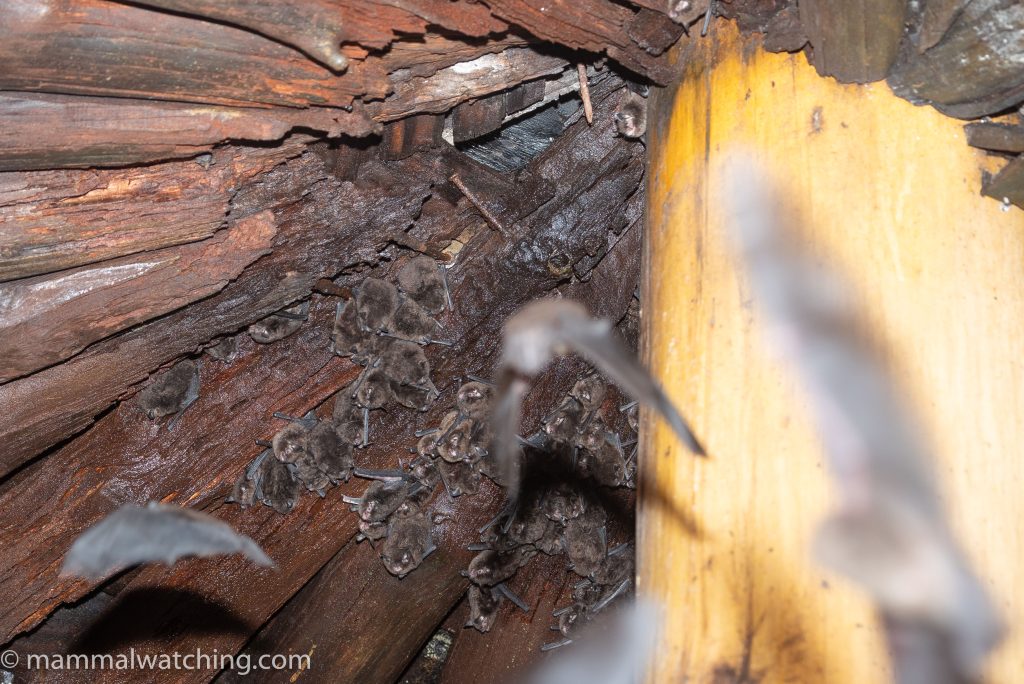
Chilean Myotis (Myotis chiloensis)
Martin had discovered a large roost of bats in an abandoned house close to the lodge. Rather few bat species occur on Chiloe and these appeared to be Chilean Myotis, a lifer.
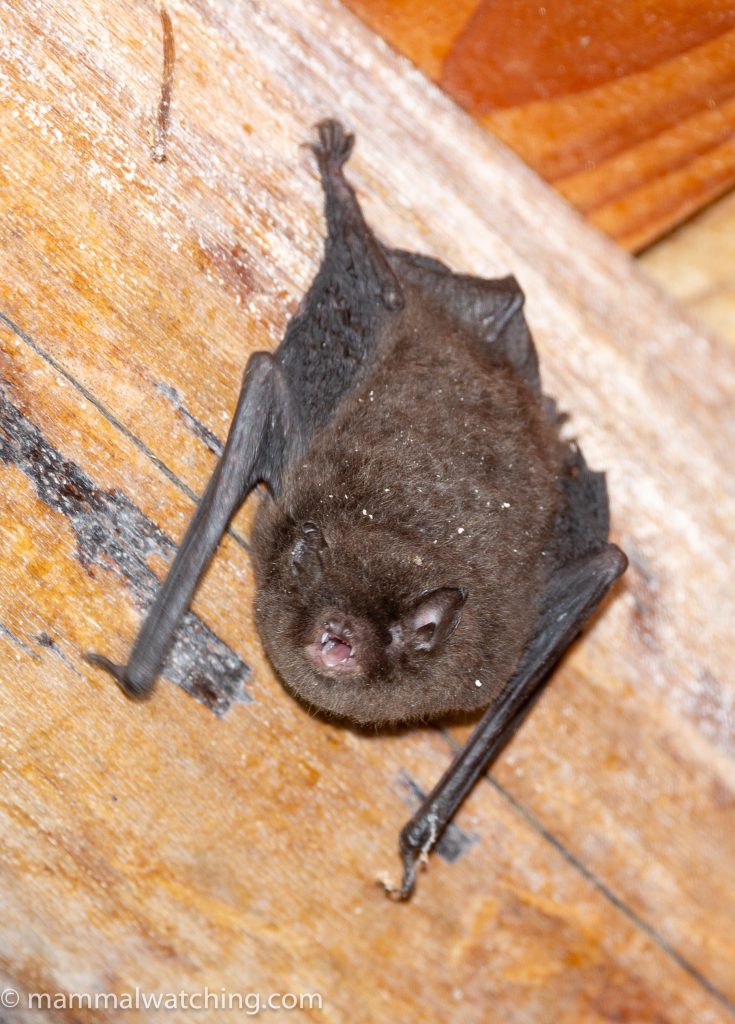
Chilean Myotis (Myotis chiloensis)
Southern Pudu (Pudu puda)
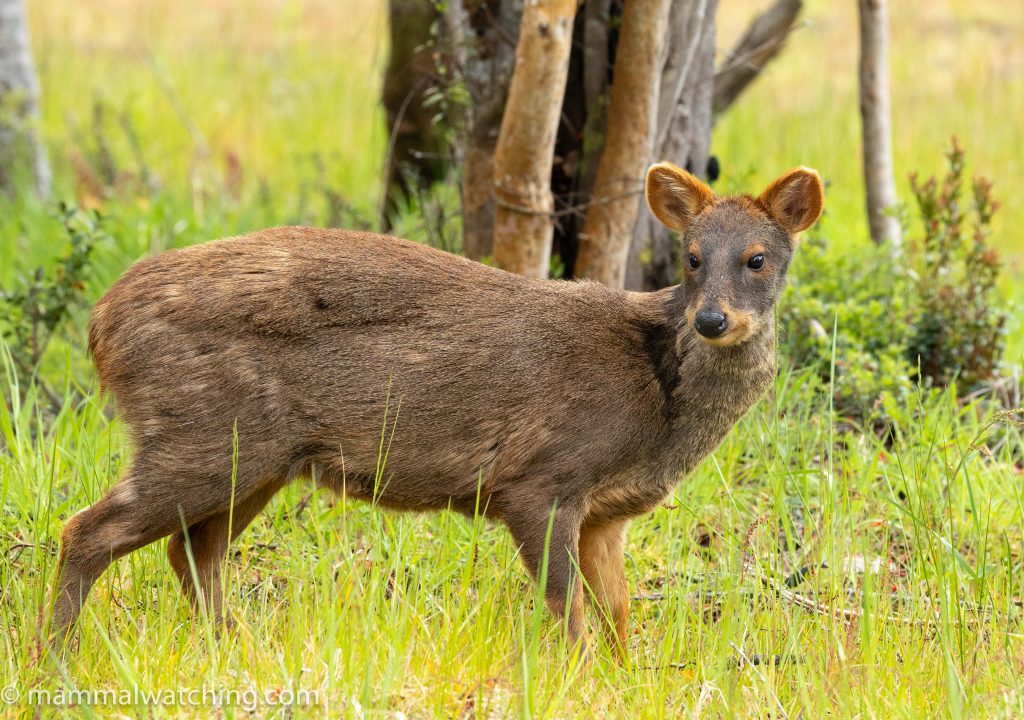
Southern Pudu (Pudu puda)
When I visited the lodge in 2009 I saw just one Southern Pudu at night. These tiny fabulous deer are now much easier to see, particularly close to the lodge itself, presumably because they feel more protected from predators like the Kodkod and Darwin’s Fox. Martin said that at this time of the year the fox droppings were full of (baby) pudu fur.
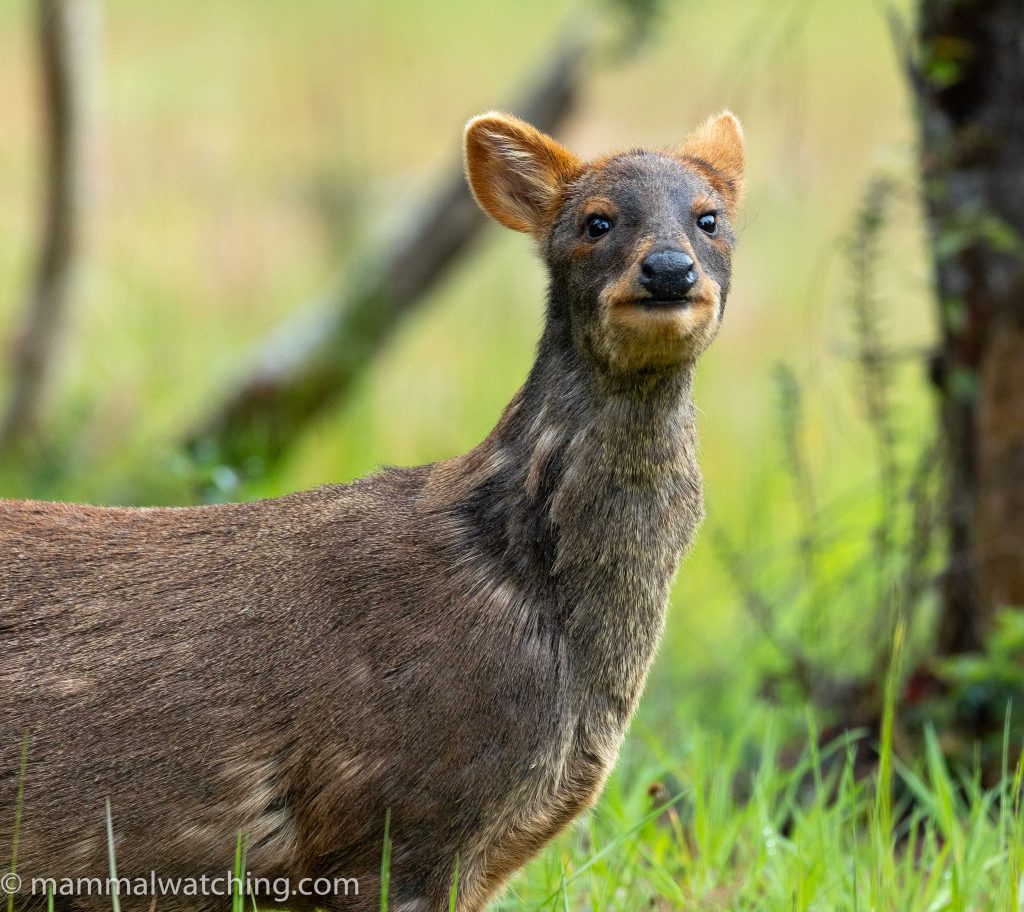
Southern Pudu (Pudu puda)
Stuff I missed
Because I was working, and, when I wasn’t, was focused on seeing a Monito del Monte I did not see as much as I could have. Darwin’s Foxes visit the lodge each evening: according to the camera traps between 10pm and midnight the nights we were there, so they should be quite easy to find. Martin has seen Southern River Otter quite often too and knows where to search for that species. Its a species I have seen once before (on Chiloe) but is otherwise very rare. Marine Otters are also around and should be findable. Martin has seen Lesser Grisons a few times too.
I was hoping for a Kodkod but was not lucky. At least one animal is visiting regularly in the day time and thanks to Martin’s efforts I imagine this species will become easier to see soon. The parque’s coastal section also seems to offer a good chance for this species. It coud be nice to arrange to spend a night over there, maybe in the ranger’s cottage.
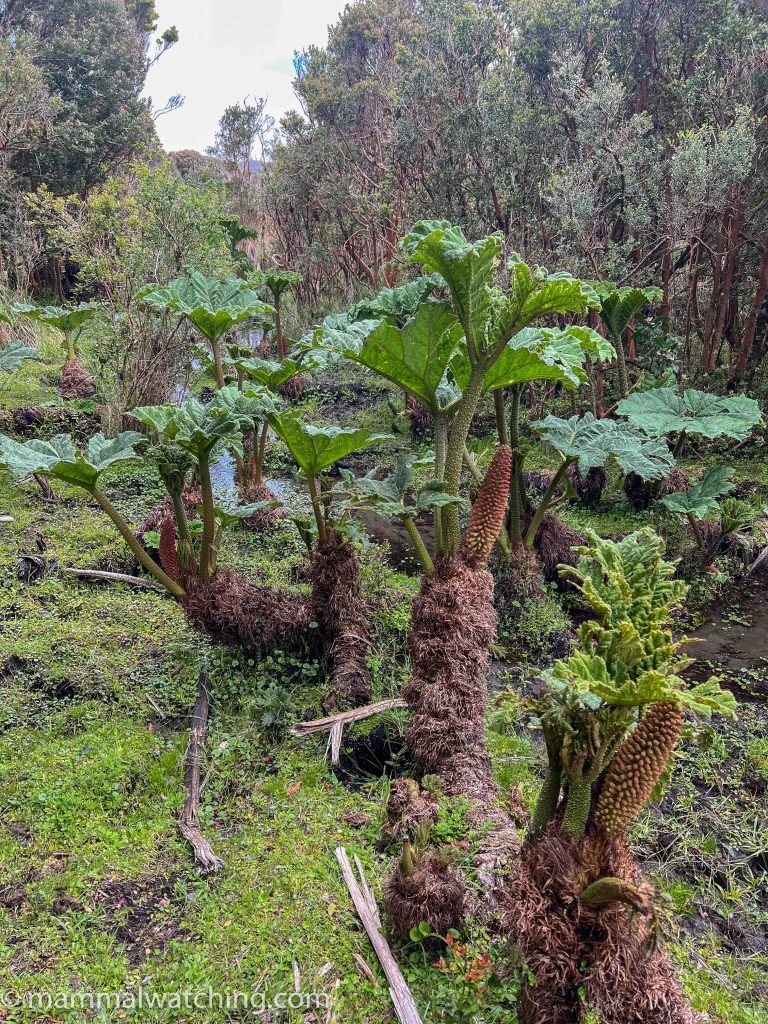
Parque Tepuhueico
Petrohué
I spent my last night in Chile on the mainland in Petrohué, a beautiful area, popular with tourists. Jono Dashper saw a Kodkod and multiple Monito del Montes here (and Alex Meyer got a Kodkod here too).
Because I had seen my monito on Chiloe I focussed mainly on the Kodkod and drove up and down the road to Petrohue itself for four hours or so after dark. Enrique Couve told me that the road could be quite good but warned me it was also very busy. And it was indeed busy: I was driving until after 1 am but there was still quite a bit of traffic that was not conducive to Kodkod spotting. Grey Foxes – or Chilla – Lycalopex griseus, are common in the area too, though I made no effort to look for them.
Thanks
Thank you to Enrique Couve for his advice when I was planning this trip and to Martin and Patricio Aquirre at the lodge for looking after – and feeding – me so well. And of course thank you to the eagle-eyed Ursula at Parque Tepuhueico for her monito spotting skills!
Trip List
Southern Monito del Monte (Dromiciops gliroides) – lifer
Coypu (Myocastor coypus)
Hairy Soft-haired Mouse (Abrothrix hirta)
Chilean Myotis (Myotis chiloensis) – lifer
Southern Pudu (Pudu puda)
Post author
5 Comments
Leave a Reply
You must be logged in to post a comment.


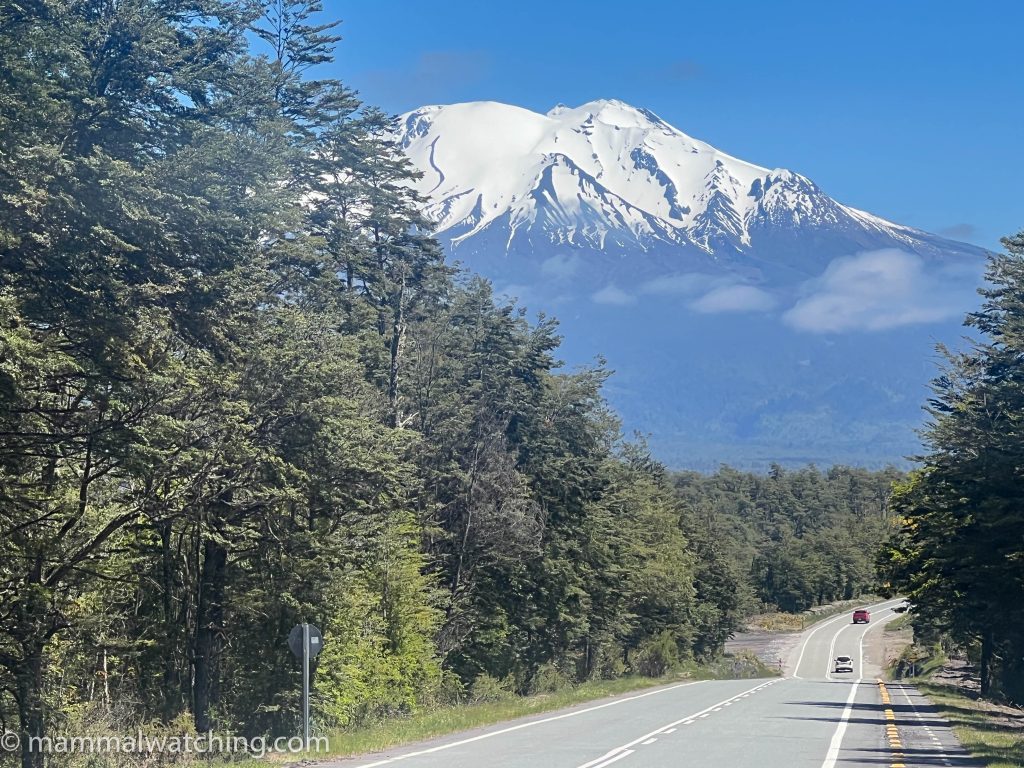
Antee
Nice!
Going to Tepuhueico Lodge in April for 4 nights. Really hope the KodKod is cooperative by then 🙂
The Chilean Myotis is also a must to visit.